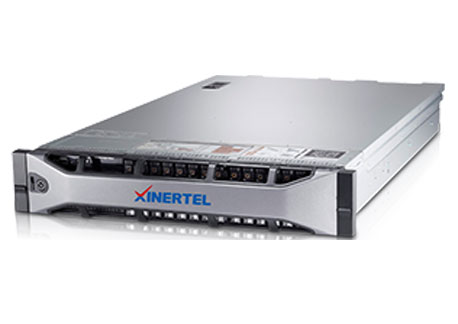The Network Application Management Center is a switch that transmits data based on Ethernet, and the Ethernet uses a LAN that shares the bus type transmission medium. The structure of an Ethernet switch is that each port is directly connected to the host and generally works in full-duplex mode. The switch can connect many pairs of ports at the same time, so that each pair of communicating hosts can transmit data without conflict like the exclusive communication media.
Network Application Management System applications are the most common and cheaper. The grade is complete. Therefore, the application field is very extensive, and they can be seen in large and small LANs. Ethernet switches usually have several to dozens of ports. Essentially a multi-port bridge. In addition, its port rate can be different, and the working mode can also be different, such as providing 10M, 100M bandwidth, providing half-duplex, full-duplex, adaptive working mode, and the like.
The Ethernet switch is the machine at the data link layer. The Ethernet uses the physical address (MAC address), 48 bits, and 6 bytes. It works as follows: When a broadcast frame is received, it forwards to all ports except the accept port. When receiving a unicast frame, check its destination address and correspond to its own MAC address table. If there is a destination address, it will be forwarded. If it does not exist, it will flood (broadcast). If there is no host MAC address and frame after broadcast. If the destination MAC address is the same, it is discarded. If the host is the same, the MAC address of the host is automatically added to its MAC address table.
